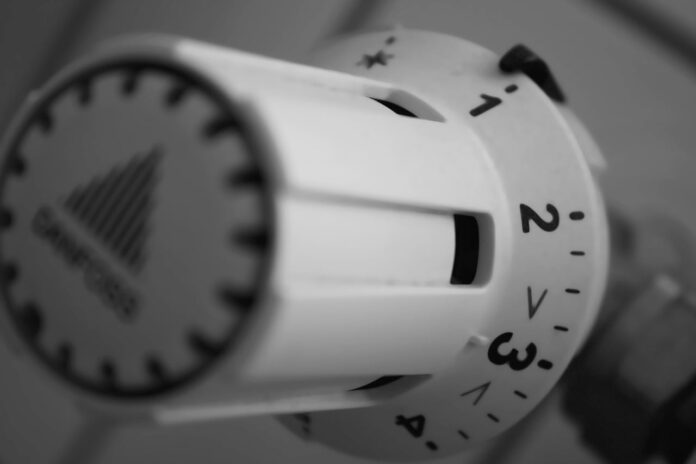As the chill of winter sets in, the importance of a warm and cozy home becomes paramount. However, with the rising costs of energy and the growing concern for the environment, it’s crucial to heat our homes efficiently. Energy-efficient heating is not just about saving money; it’s about maximizing comfort while minimizing our carbon footprint. Understanding the basics of energy-efficient heating involves recognizing how heat is lost, how it’s generated, and how it’s distributed throughout your home. It’s a balance between the right technology, smart habits, and a well-maintained environment.
The principle behind energy-efficient heating is simple: use less energy to produce the same amount of heat. This can be achieved through various means, such as upgrading to more efficient heating systems, improving home insulation, and managing heat distribution effectively. By understanding the basics, homeowners can make informed decisions that lead to significant savings and a reduced environmental impact.
Insulation and Weatherization: Sealing in the Warmth, Keeping Out the Cold
Insulation is the unsung hero of energy-efficient heating. It acts as a barrier, keeping the warmth inside your home and the cold outside where it belongs. Proper insulation in walls, attics, and floors can significantly reduce the amount of heat that escapes, leading to less energy consumption and lower heating bills. The U.S. Department of Energy estimates that homeowners can save up to 20% on heating and cooling costs by adding insulation and sealing air leaks.
Weatherization, on the other hand, involves a series of small but impactful improvements that further seal your home from the elements. This includes caulking and weather-stripping around doors and windows, using draft stoppers, and installing insulation around outlets and light switches. These measures prevent cold drafts from entering and warm air from escaping, ensuring that every bit of heat generated is used to its fullest potential.
Smart Thermostat Management: Optimizing Temperature for Efficiency and Comfort
Smart thermostats are revolutionizing the way we heat our homes. These devices allow for precise temperature control and can learn your schedule to optimize heating when you need it most. By adjusting the temperature based on your daily routine, smart thermostats can reduce heating costs by as much as 10% a year, according to the U.S. Environmental Protection Agency.
Many smart thermostats can be controlled remotely via smartphone apps, giving you the power to adjust your home’s temperature from anywhere. This means you can lower the heat when you’re away and warm up your home just before you return, ensuring comfort without waste. Additionally, smart thermostats provide valuable data on your heating habits, helping you to identify further opportunities for efficiency improvements.
Maintenance and Upgrades: Investing in Your Heating System for Long-Term Savings
Regular maintenance of your heating system is essential for optimal performance and efficiency. A well-maintained furnace or boiler can operate more effectively, using less energy to produce the same amount of heat. Homeowners should have their heating systems serviced annually by a professional to ensure they are running at peak efficiency. This includes cleaning or replacing filters, checking for leaks, and ensuring that all components are in good working order.
When it comes to upgrades, investing in a high-efficiency heating system can lead to substantial long-term savings. Modern heating systems are designed to use less energy while providing better comfort. For example, ENERGY STAR-certified furnaces are up to 15% more efficient than standard models. While the upfront cost of a new heating system can be significant, the energy savings over time will often offset the initial investment, making it a wise choice for both your wallet and the environment.
Maximizing warmth and minimizing waste is a goal that benefits everyone. By understanding the basics of energy-efficient heating, improving insulation and weatherization, managing temperatures with smart thermostats, and investing in maintenance and upgrades, homeowners can enjoy a warm, comfortable home without the guilt of high energy bills or unnecessary environmental impact. These strategies not only contribute to personal savings but also play a crucial role in the collective effort to reduce energy consumption and combat climate change. As we continue to seek ways to live more sustainably, the steps we take to boost our heating efficiency are a testament to our commitment to a healthier planet and a brighter future.
